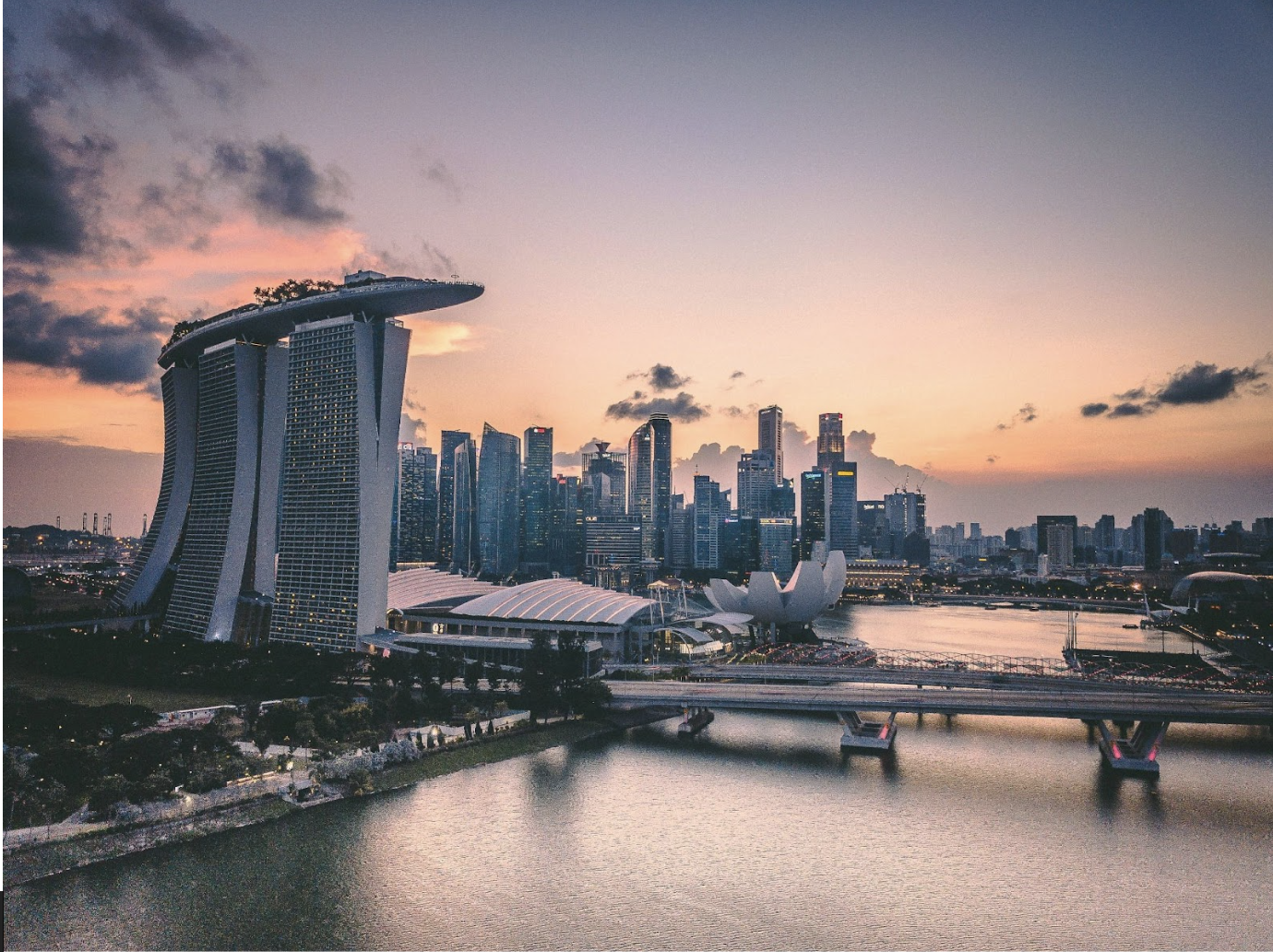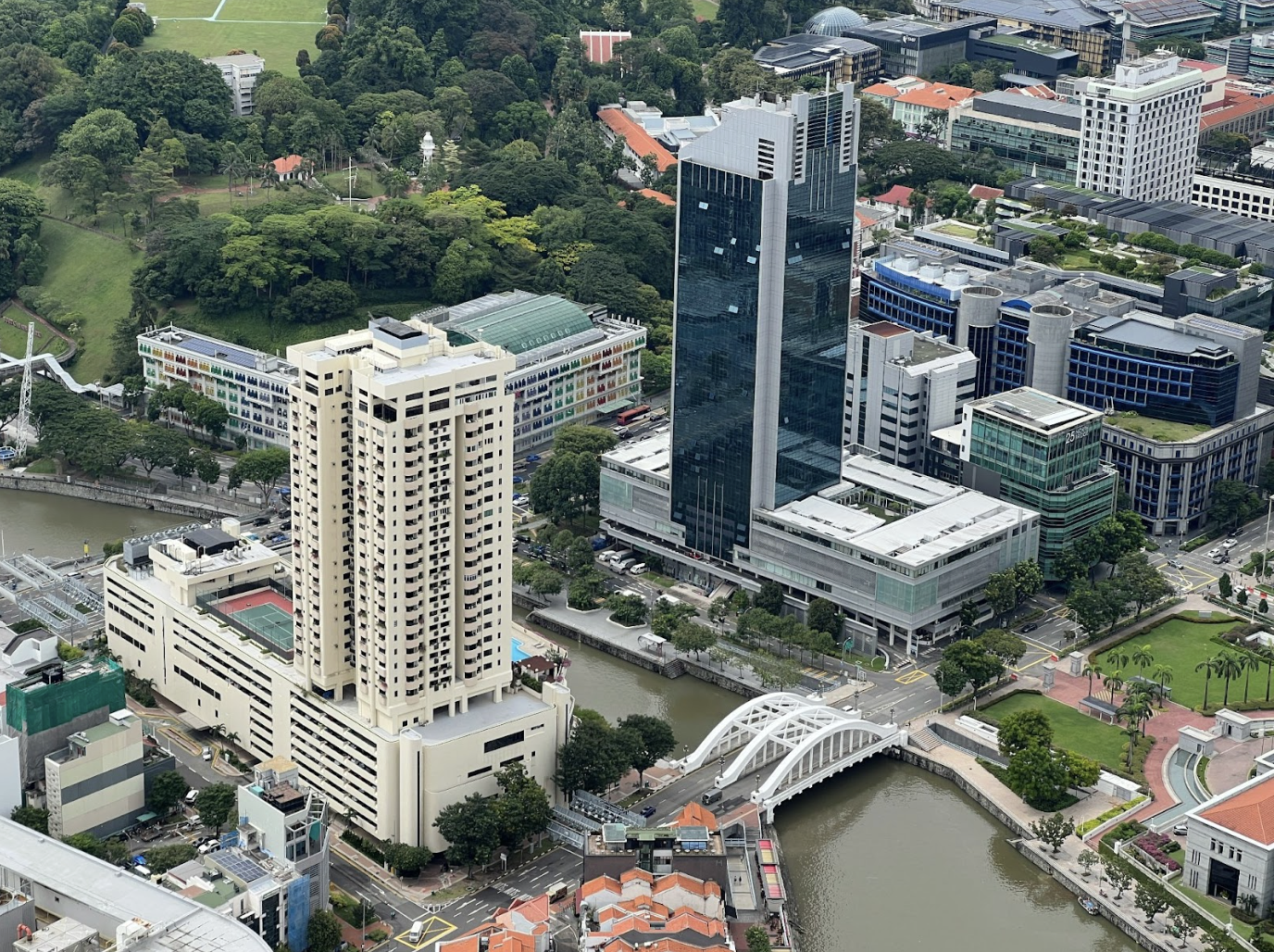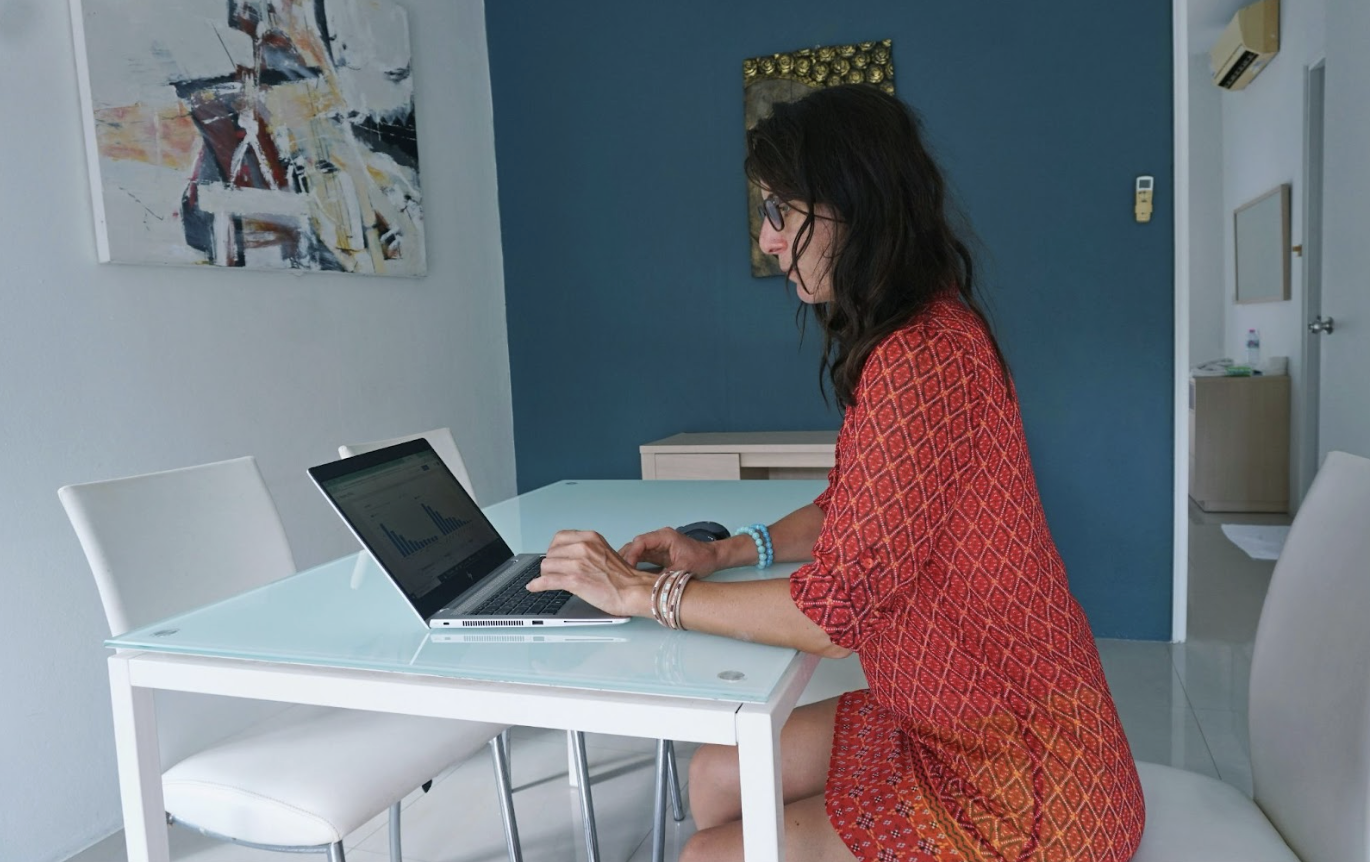Browse through our library of informative resources to stay informed and inspired


As a Singapore Employment Pass (EP) holder, you can absolutely apply for Permanent Residency (PR). The key is to demonstrate your long-term commitment and contributions to Singapore. This guide will show you how.
Transitioning from an Employment Pass to Singapore PR is a significant milestone that unlocks greater stability, financial benefits, and a deeper sense of belonging. While the EP is tied to your employer, PR status offers you the freedom to switch jobs, invest in property, and access citizen-level benefits for your family. This comprehensive guide breaks down the entire process, from eligibility and application steps to strengthening your profile for a higher chance of success.
Holding an EP makes you a temporary resident, but securing PR status plants you firmly in Singaporean society. The advantages are substantial and impact almost every aspect of your life.
As a PR, your right to live and work in Singapore is no longer tied to a specific employer. You can explore new job opportunities, start a business, or even take a career break without worrying about your visa status. This freedom is often the primary motivator for professionals seeking to build a long-term future here.
One of the most significant benefits is the ability to purchase a resale Housing & Development Board (HDB) flat. While EP holders are restricted to the private property market, understanding the specific rules for if a Singapore PR can buy an HDB flat is key to making homeownership an attainable goal.
Upon becoming a PR, both you and your employer will begin contributing to your Central Provident Fund (CPF) account. This mandatory savings scheme helps you save for retirement, housing down payments, and healthcare expenses through MediSave. It’s a powerful tool for building long-term wealth in Singapore.
Permanent Residents enjoy access to subsidised public healthcare services, significantly lowering medical costs. Furthermore, your children will be given higher priority for placement in local government schools and will benefit from much lower school fees compared to the children of EP holders.
For those who envision a future as a Singaporean, obtaining PR is a mandatory and essential step. After a period of being a PR (typically at least two years), you become eligible to apply for Singapore Citizenship, the final step in making this nation your permanent home.

The Singapore Immigration & Checkpoints Authority (ICA) assesses all PR applications holistically. There is no simple formula, but they evaluate several key factors to determine your suitability. As an EP holder, you are eligible to apply under the Professionals/Technical Personnel and Skilled Workers (PTS) scheme.
ICA will look at:
The application is done entirely online through the ICA’s e-PR system. Being organised is crucial for a smooth process, as every detail is scrutinised for your Singapore permanent residence application.
Before you begin, use the self-assessment tool on the ICA website. More importantly, think about your “story.” Why do you want to be a PR? Gather evidence of your economic and social contributions.
This is the most time-consuming part. You will need clear, scanned copies of many documents. Key items include:
Note: Always refer to the latest document checklist on the official ICA website before starting.
Once you have all your documents, you can begin the online submission. You have 7 days (168 hours) to complete the form once you start. The process involves:
After submission, the waiting game begins. The official processing time stated by ICA is generally 6 to 12 months, although it can sometimes be longer. You can check your application status online, but frequent checks are unnecessary.
If your application is successful, you will receive an Approval-in-Principle letter. You will then need to complete the final formalities, which include paying S$120 for the Entry Permit and other associated fees.

Meeting the minimum criteria is just the first step. To stand out, you need to show the ICA that you are not just a transient worker but a future stakeholder in Singapore’s society.
A high salary and consistent employment are important. Excelling in a key growth industry (e.g., fintech, AI, biomedical sciences) further strengthens your case.
This is about showing you’ve put down roots. Examples include:
Actions that signal you see your future here can be powerful. This could include purchasing private property in Singapore or having children enrolled in local schools.
| Feature | Employment Pass (EP) Holder | Permanent Resident (PR) |
| Employment | Tied to a specific employer. Need a new pass to change jobs. | Free to work for any employer or start a business. |
| Housing | Can only rent or buy private property. | Can buy resale HDB flats and private property. |
| CPF | No mandatory CPF contributions. | Mandatory CPF contributions from both employee and employer. |
| Healthcare | Access to private healthcare. No government subsidies. | Access to subsidised public healthcare services via MediSave. |
| Education | Children pay higher foreigner school fees and have lower priority. | Children get higher priority in local schools and pay lower fees. |
| National Service | Not liable. | Second-generation male PRs are liable for National Service. |
A rejection can be disheartening, but it is not the end of the road. Understanding the common reasons for PR application rejection is the first step to building a stronger profile for your next attempt. The best course of action is to:
The journey from an Employment Pass to Permanent Residency is a deliberate one that requires careful planning and a genuine commitment to making Singapore your home. By understanding the criteria, preparing your documents meticulously, and actively contributing to society, you can significantly improve your chances of success.
This is more than just an application; it’s a statement about your future.
Ready to take the next step in your Singapore journey? The PR application process can be complex, and a well-prepared submission makes all the difference. Contact our team of immigration specialists for a personalized assessment of your profile and a clear strategy to maximize your chances of success. Secure your future in Singapore today!
Please share with us some details about your needs, we will get back to you.